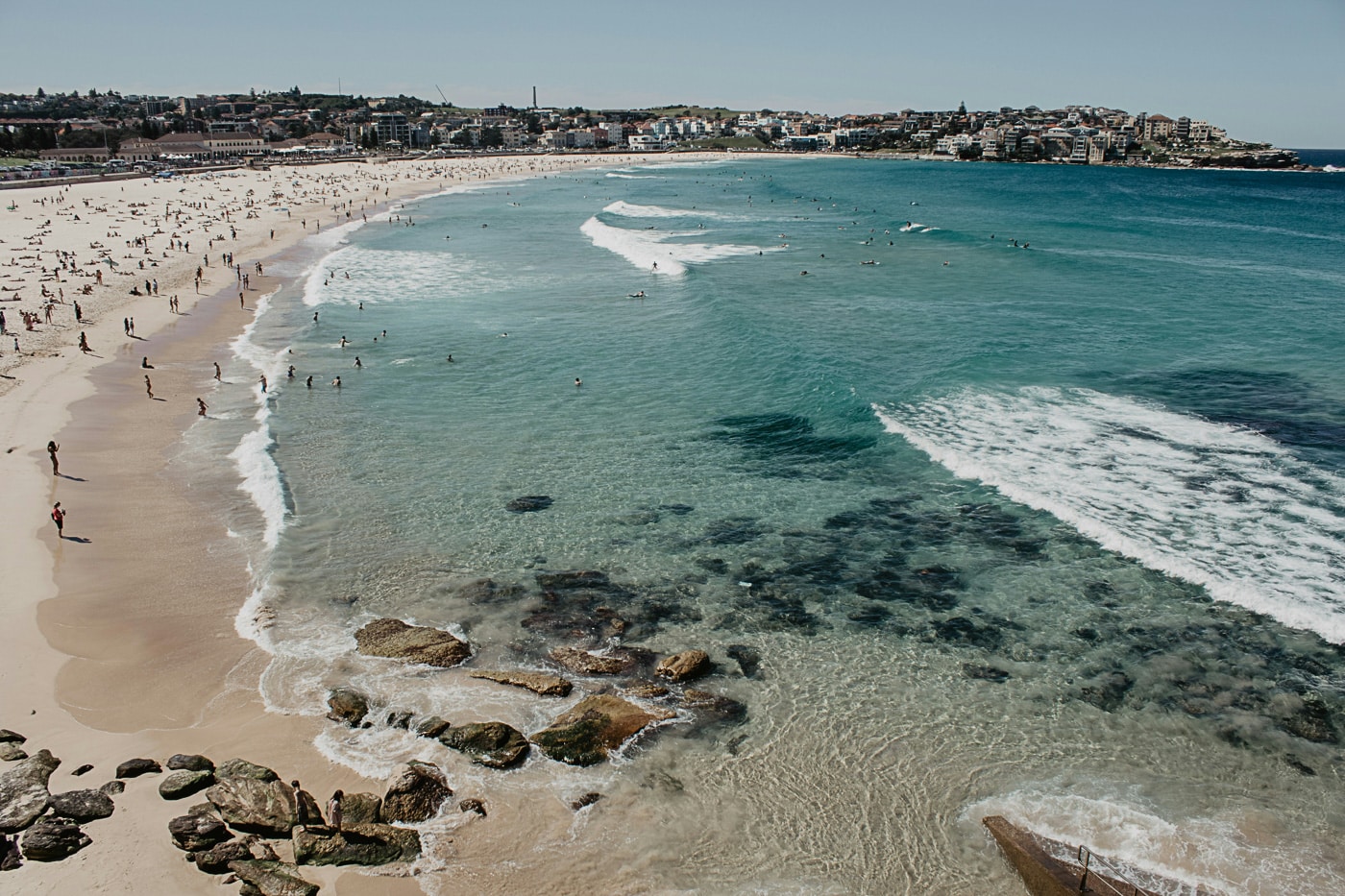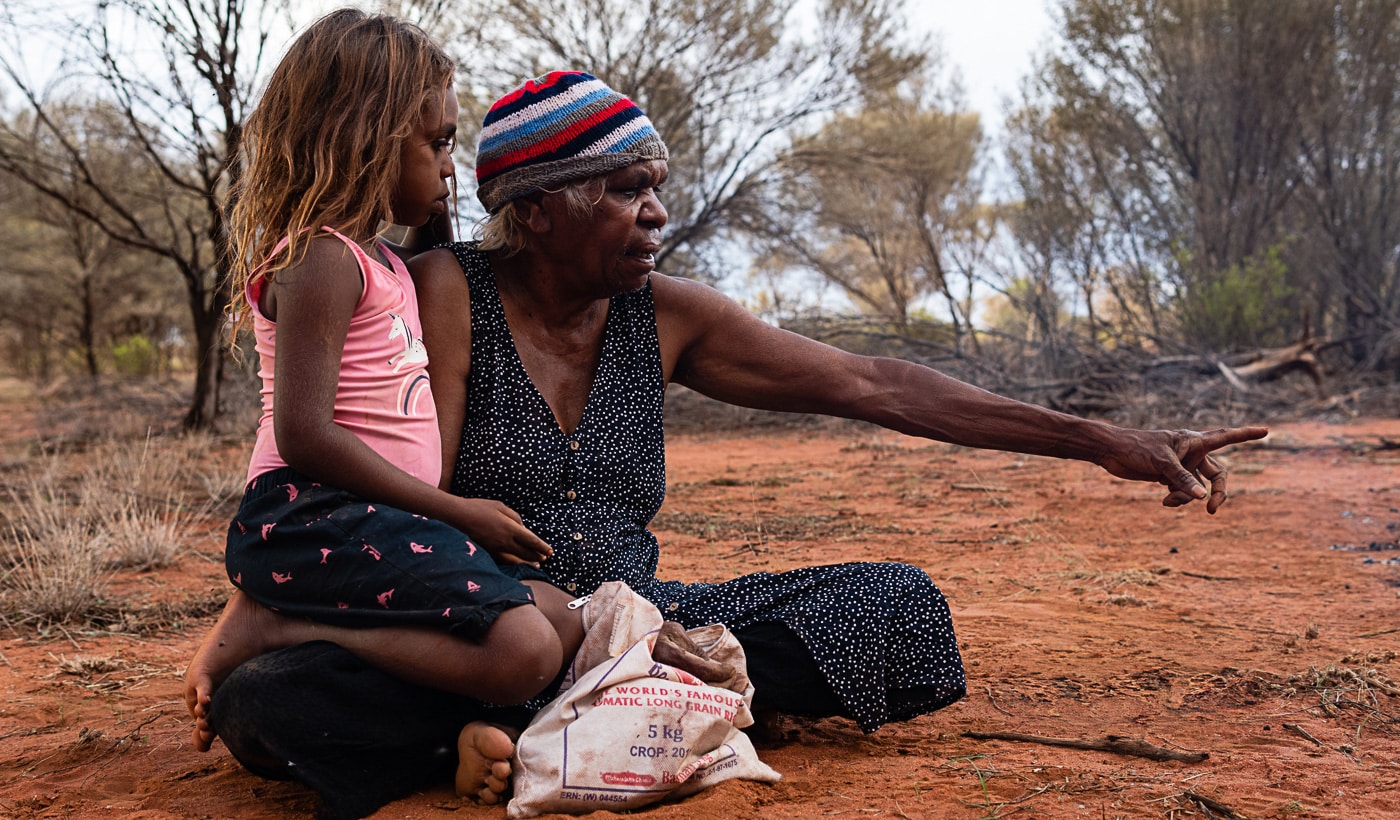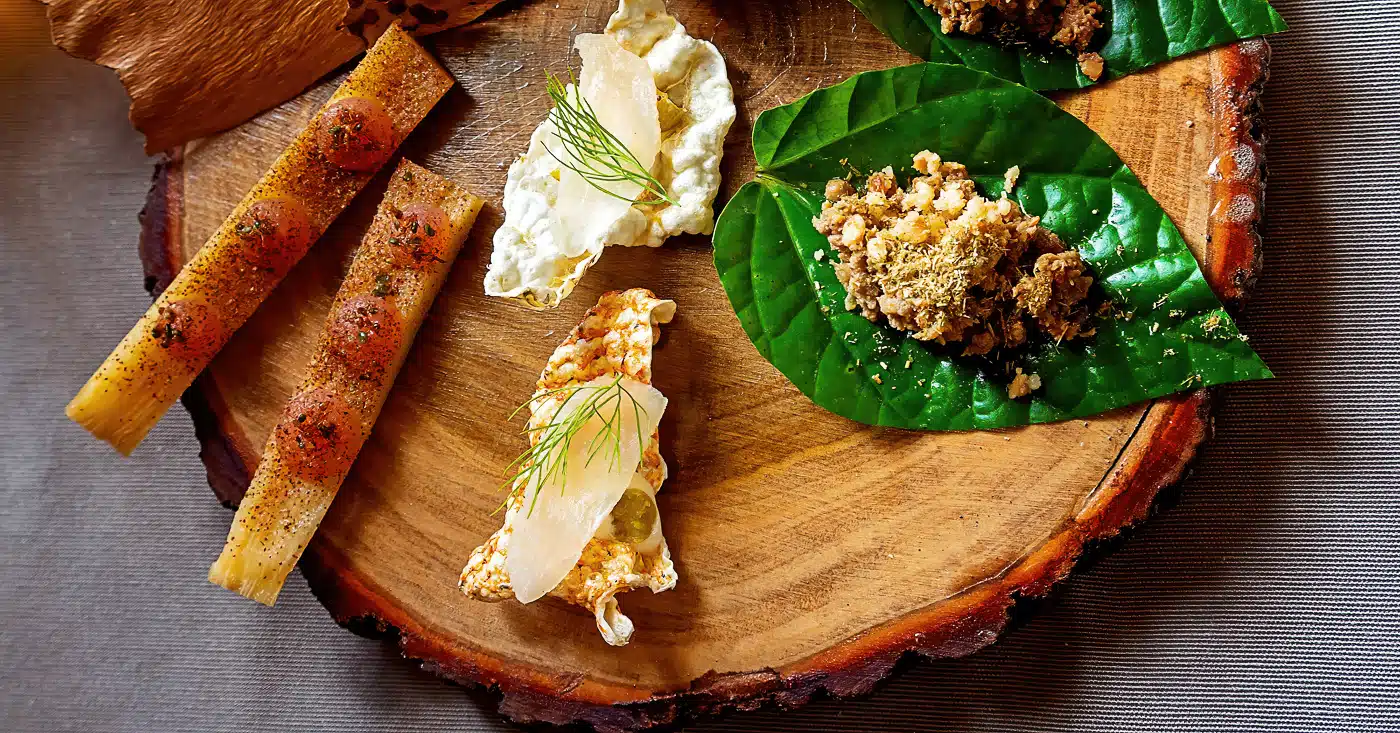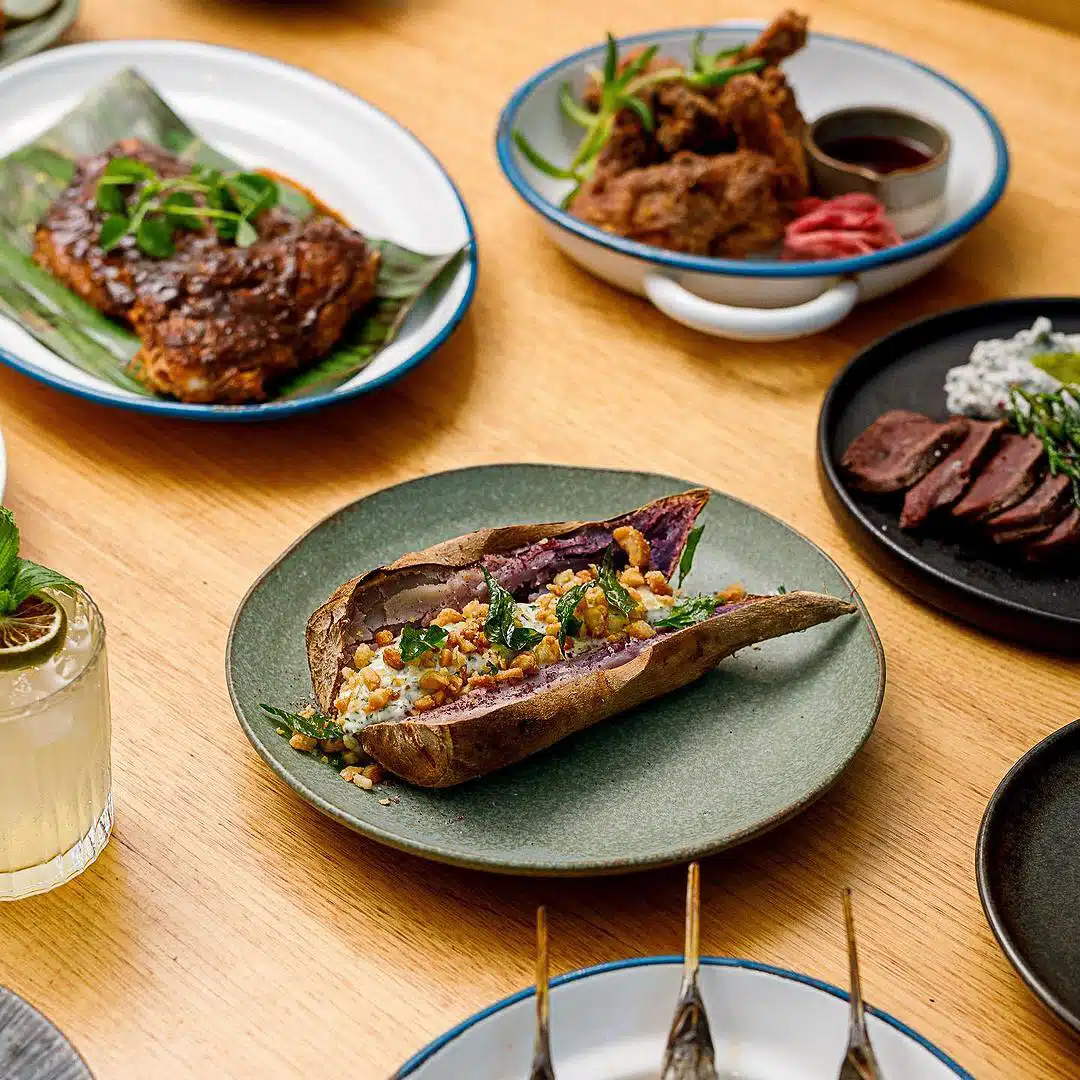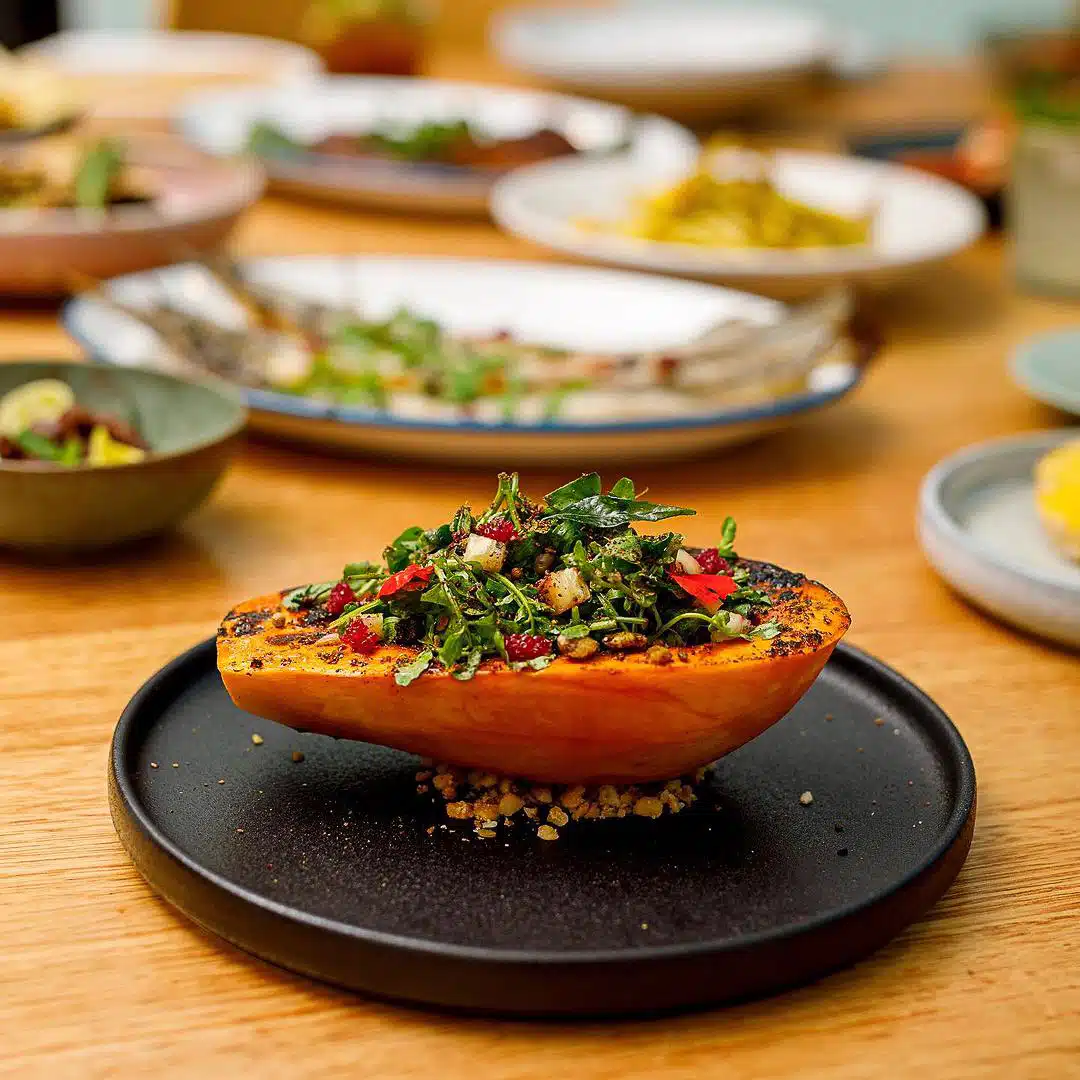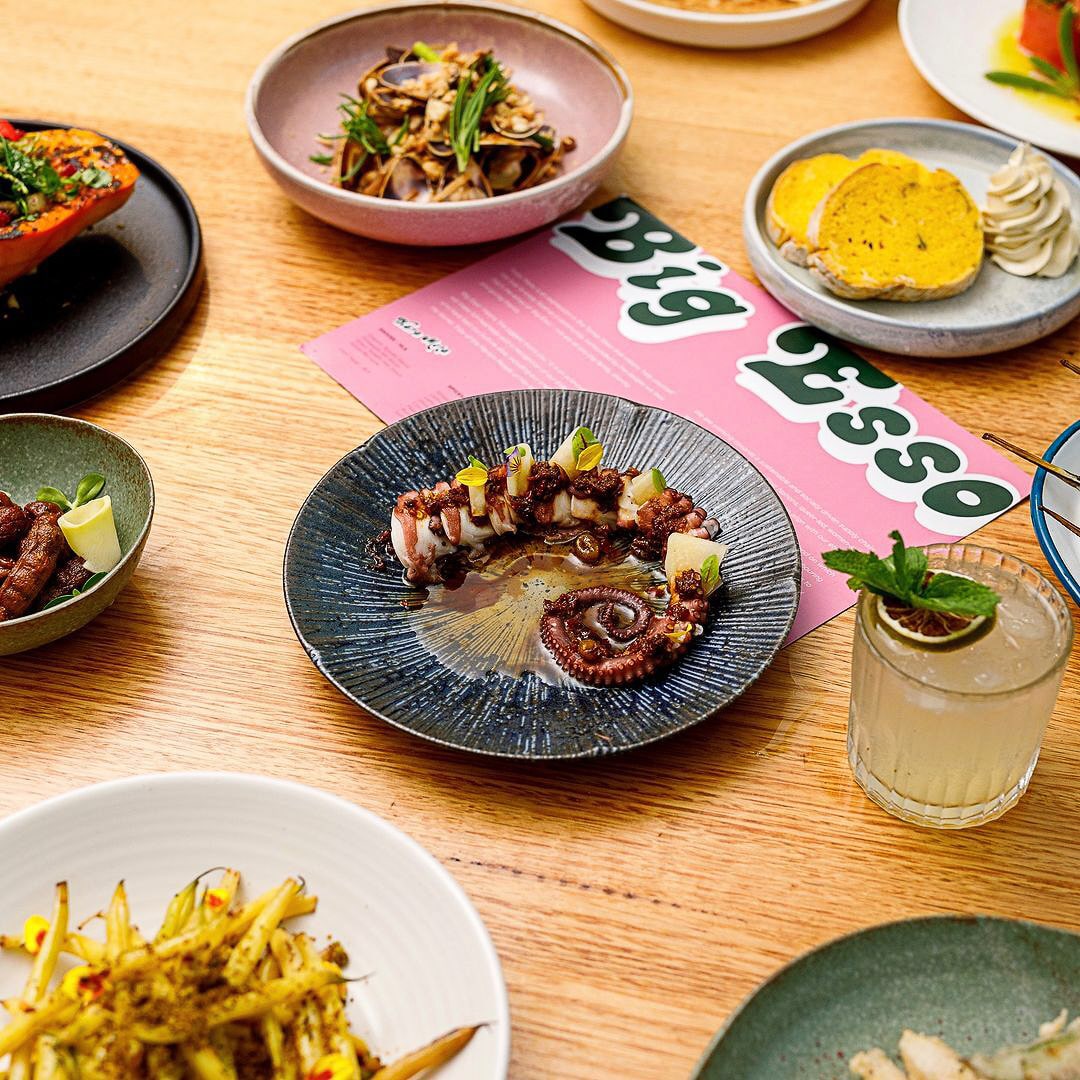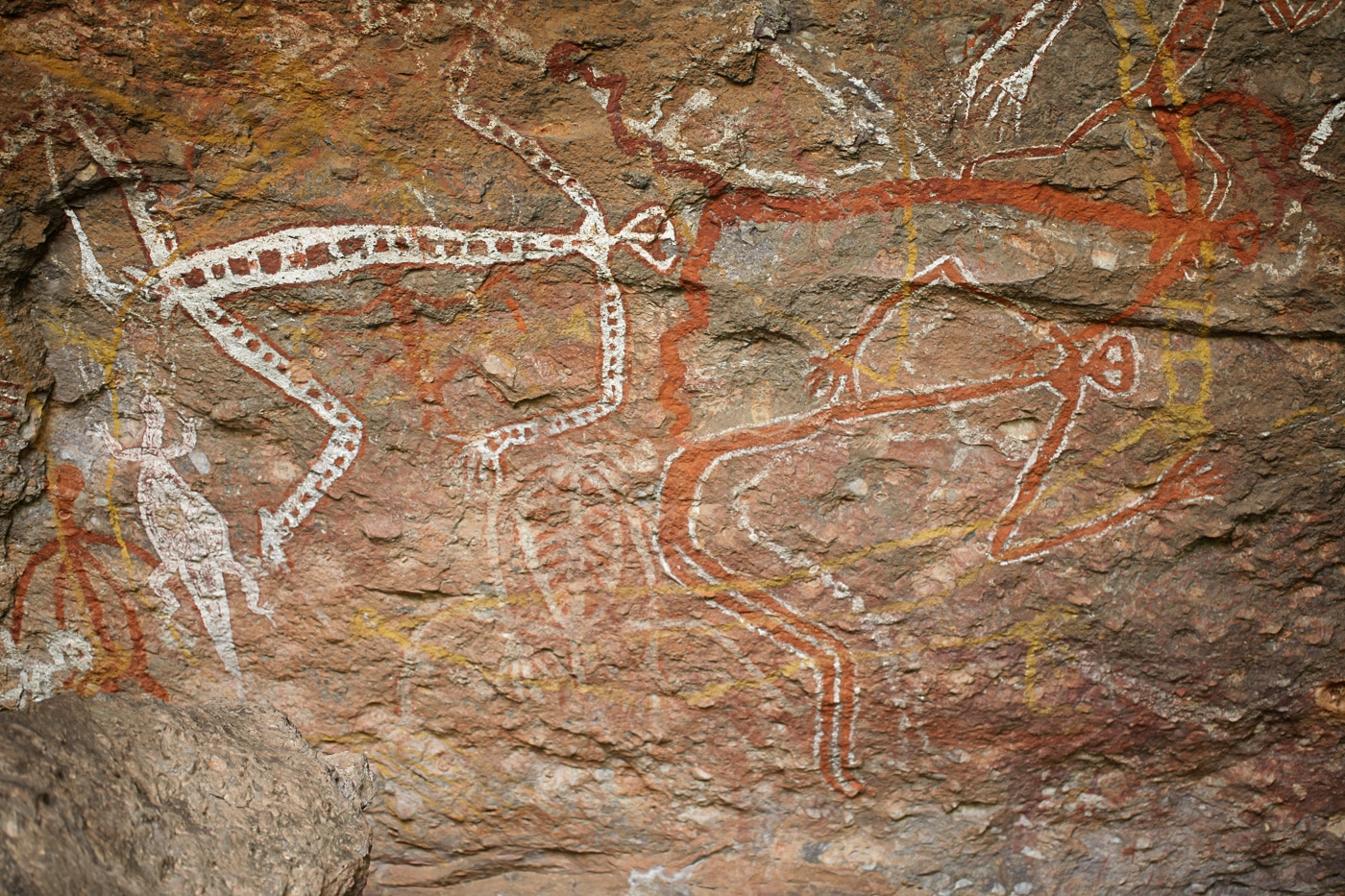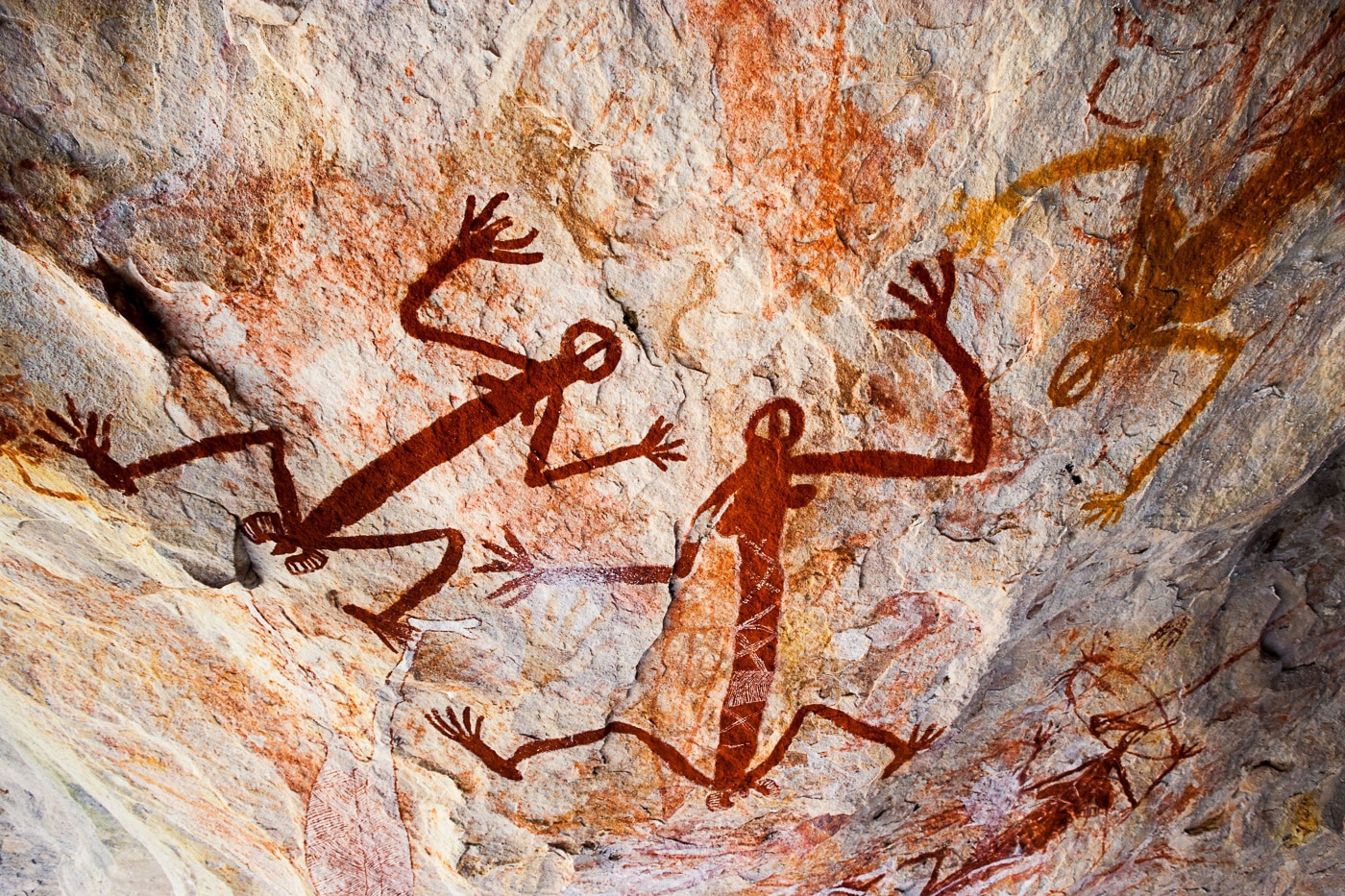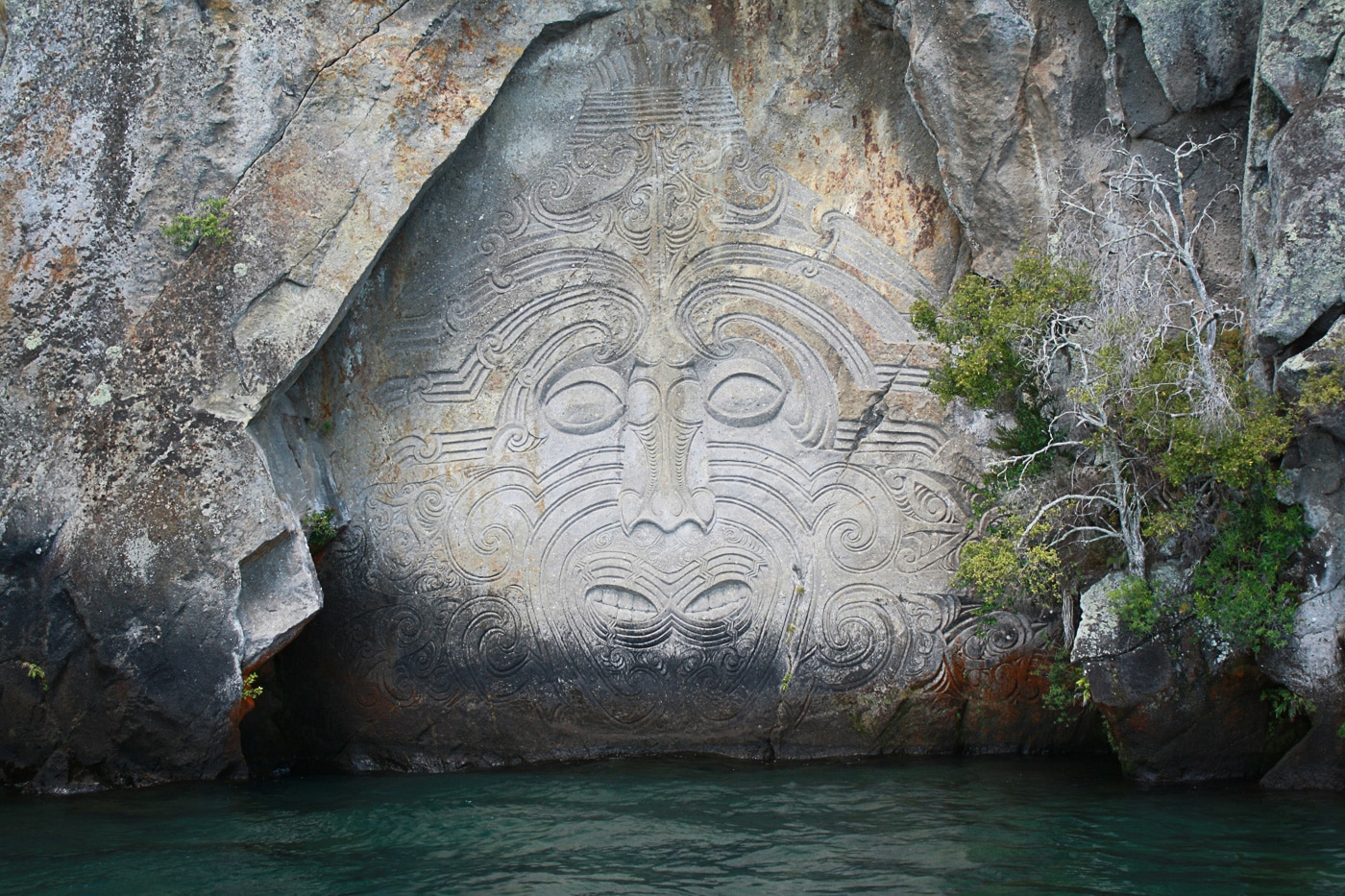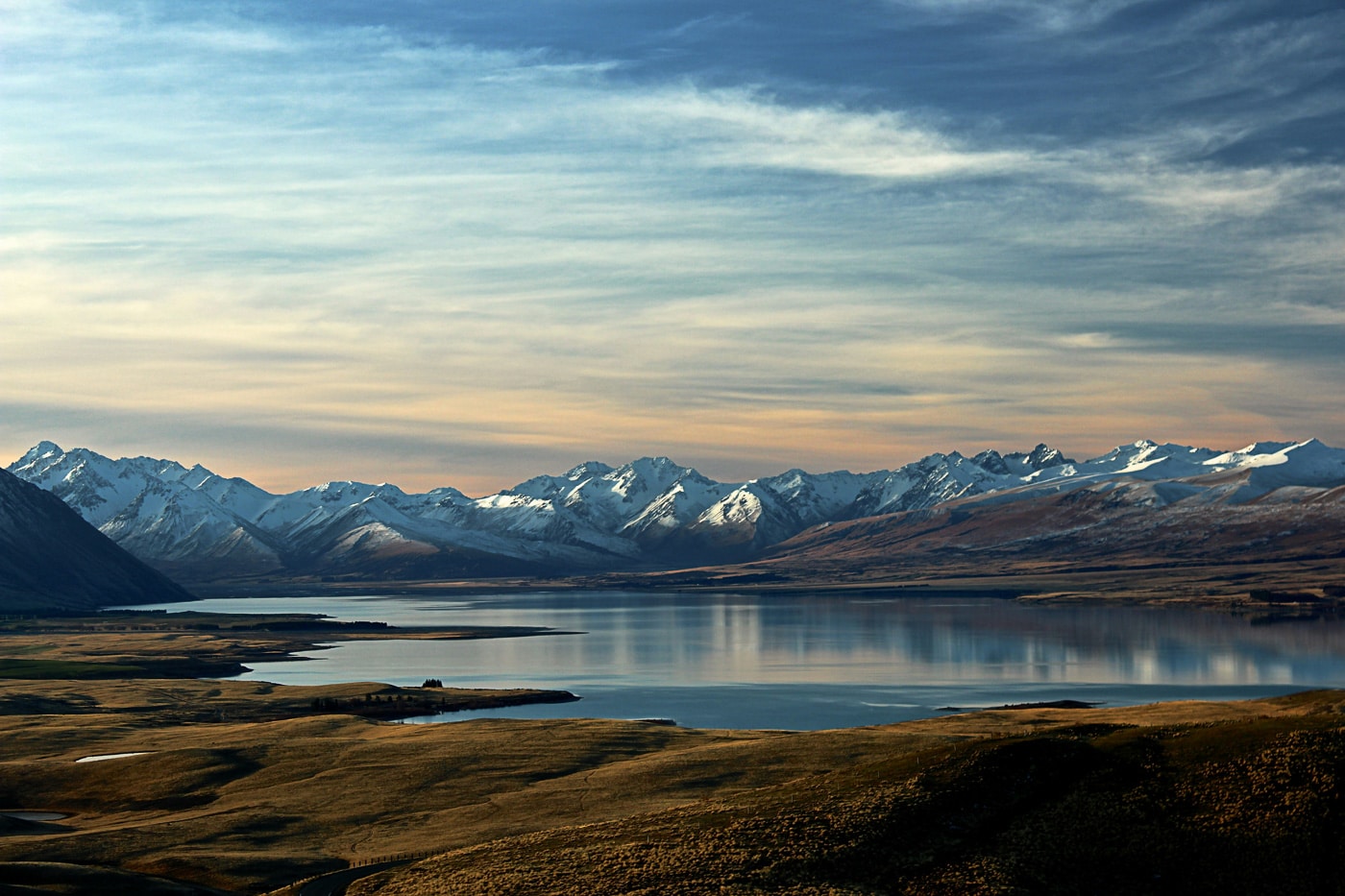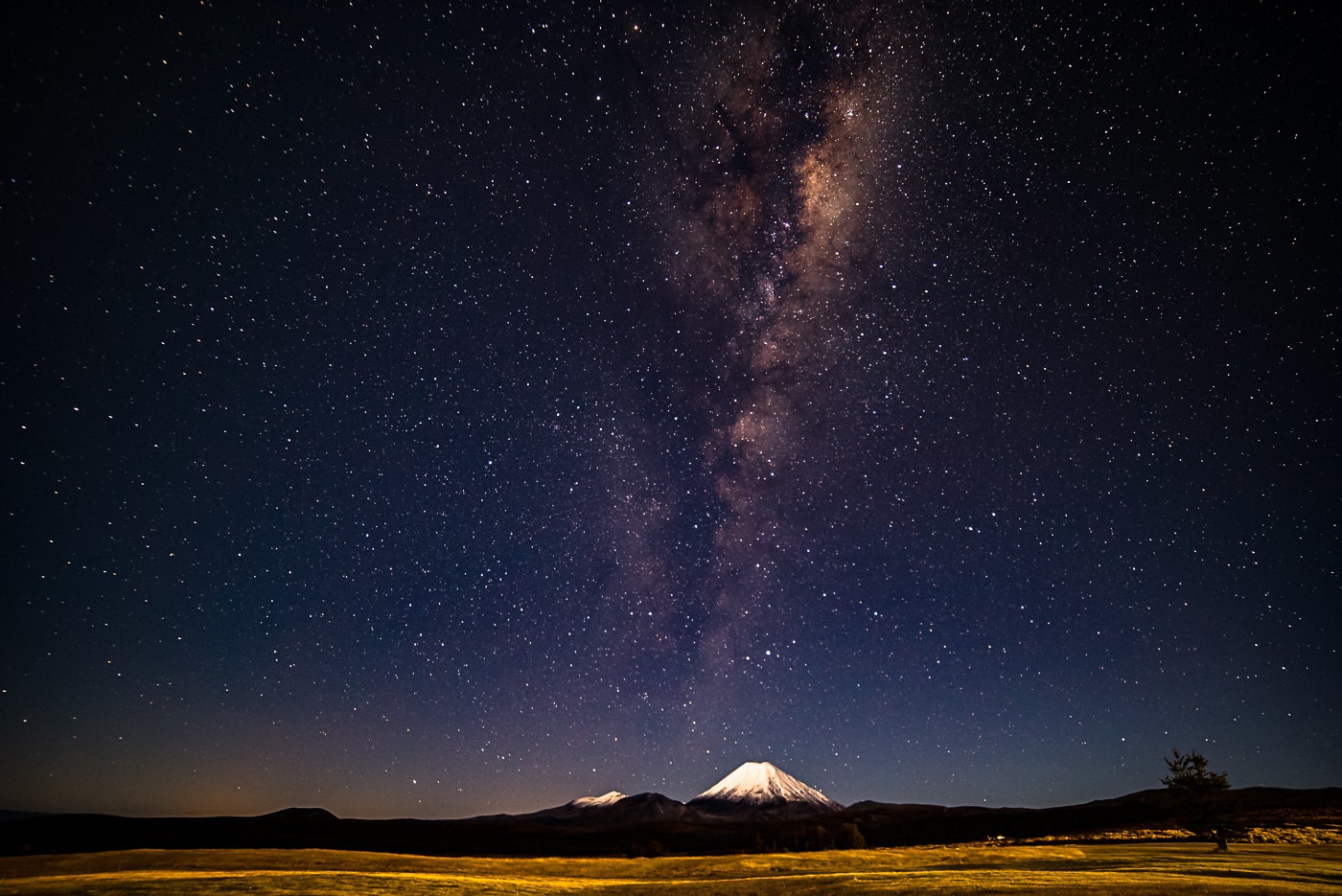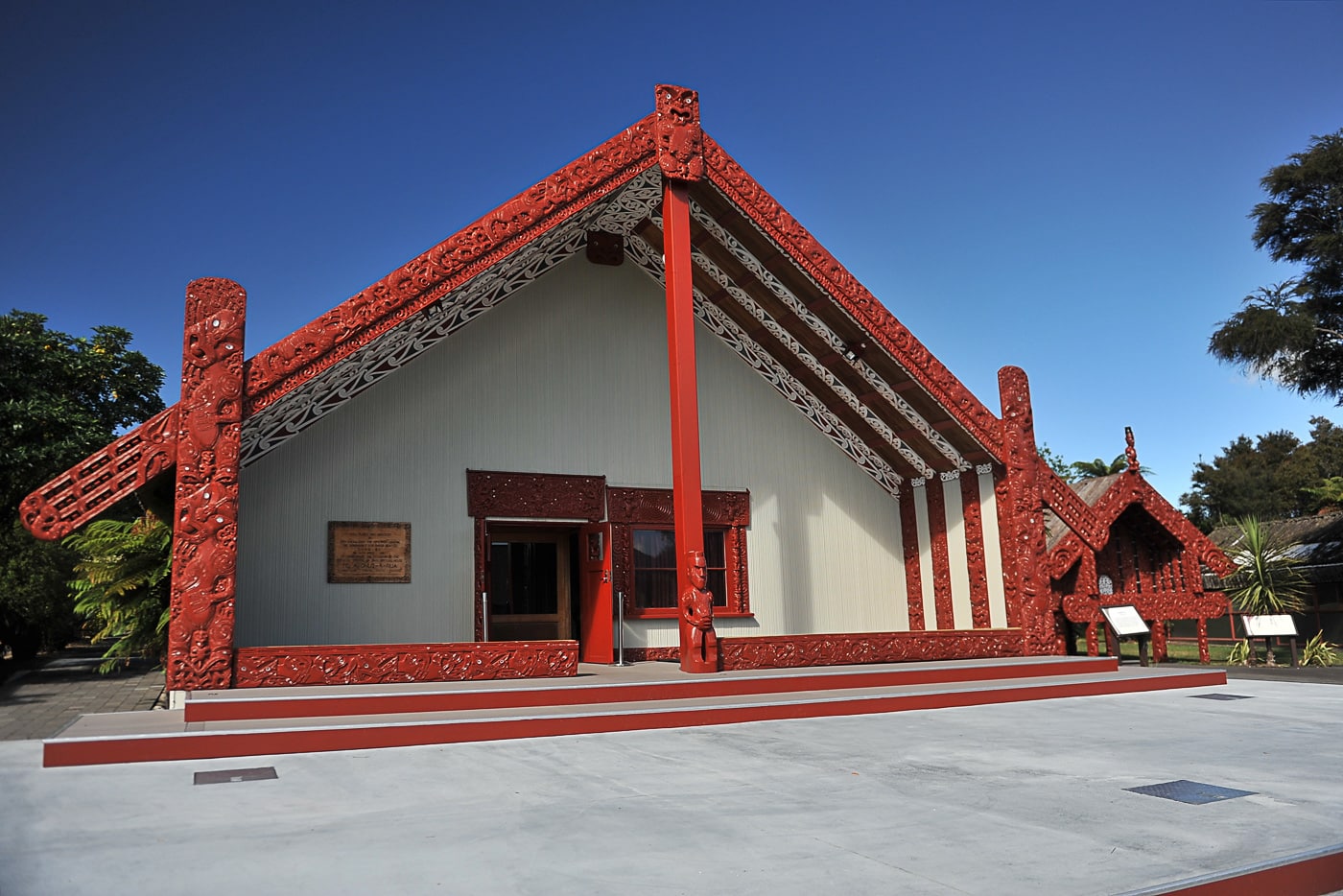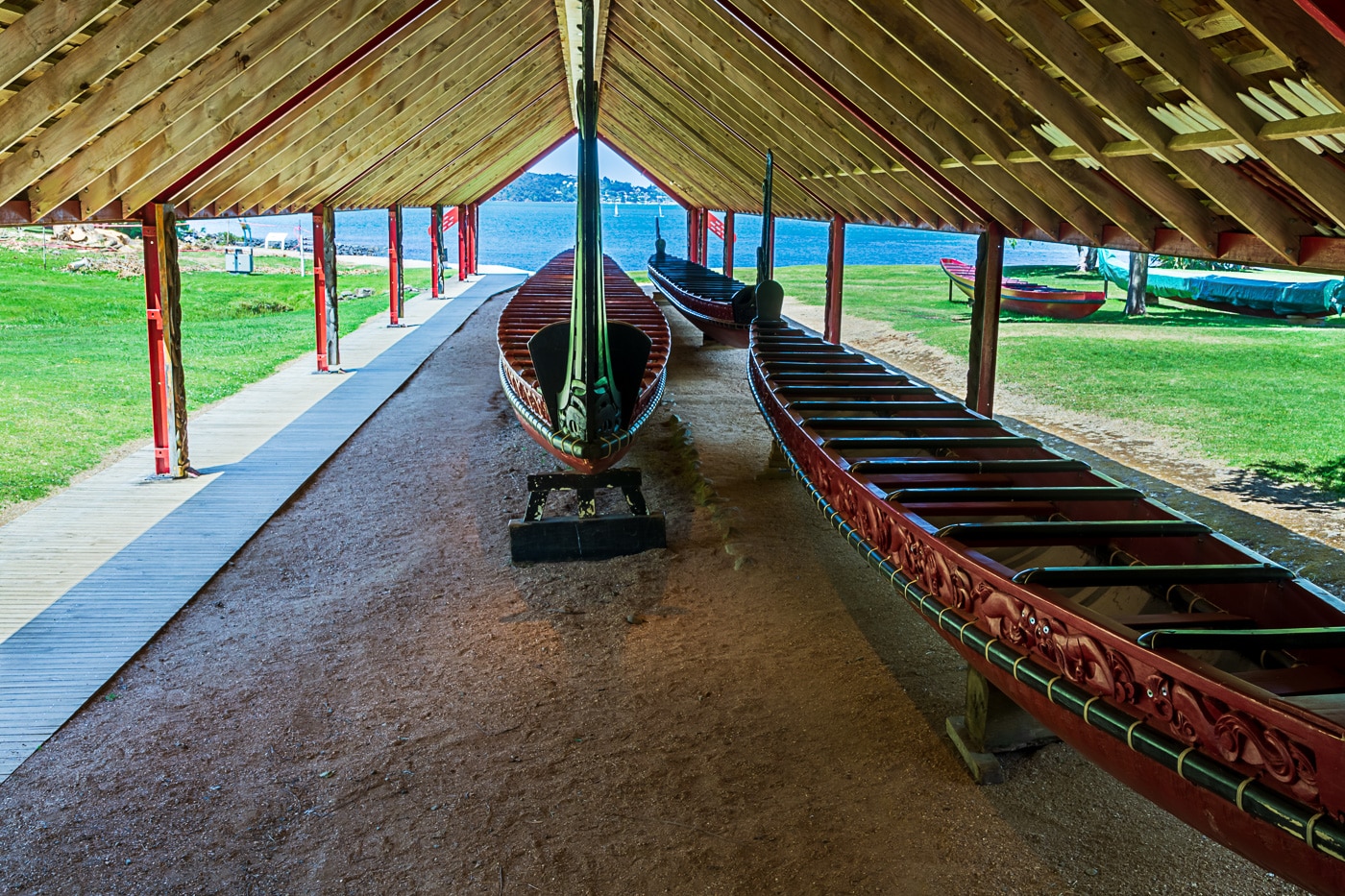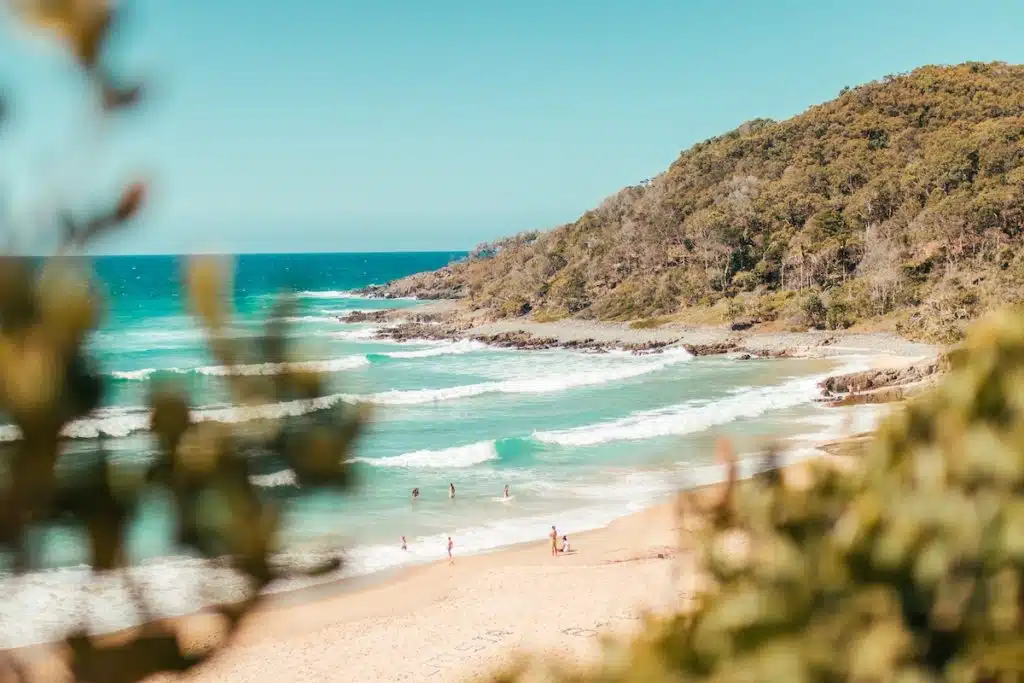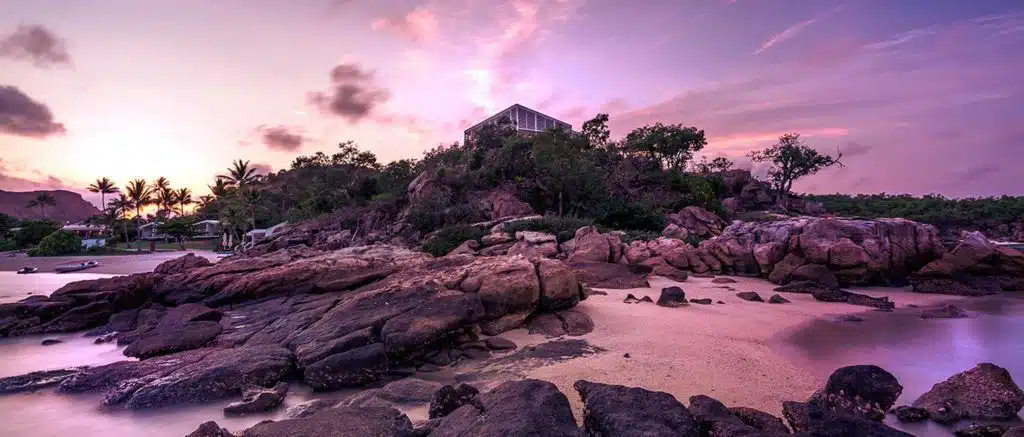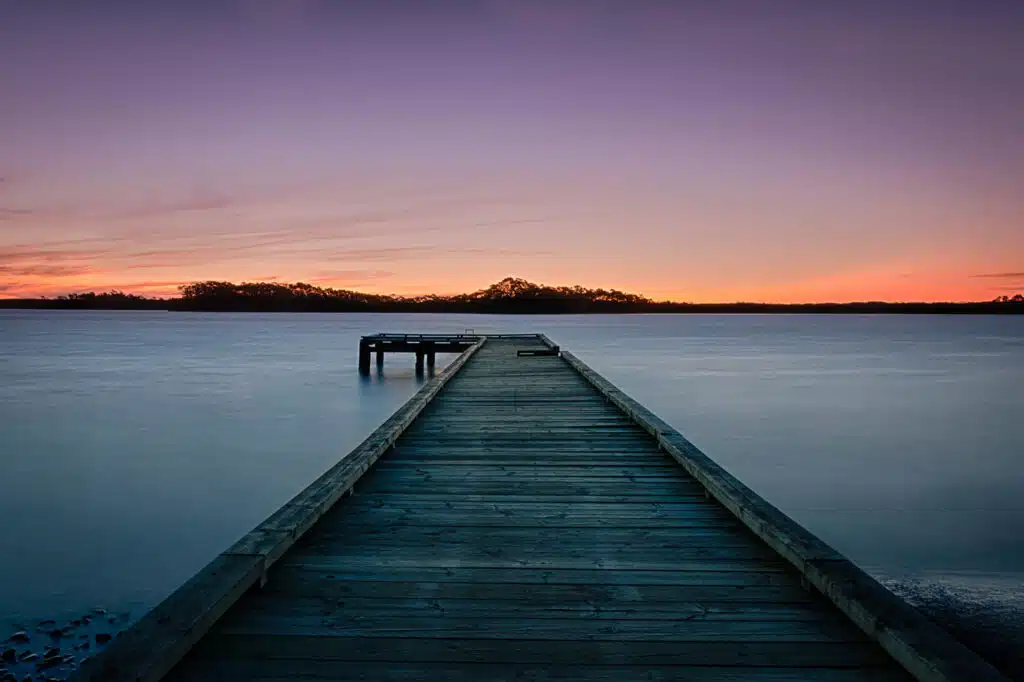THE OLD & NEW
Discovering Australasia’s Cultures
Despite being separated by the 900 miles (1,455km) of the Tasman Sea, Australia and New Zealand might be comparatively close, but their cultures and history are vastly different.
There is less distance between the two countries than half the length of the Mississippi, yet they share very few similarities. Australia is renowned for its lethal fauna; New Zealand had, until western interjection, no predators. Likewise, the iconic marsupials found across Australia were only introduced 200 years ago to the Land of the Long White Cloud. What we call flip flops, the Aussies call thongs, and the Kiwis call jandals, and so the divergence continues.
Distinctly set apart from much of the world, and often closely associated by international visitors, one might think that, at least historically, there may be parallels to be drawn. But even this is a misnomer. Australia possesses the oldest culture in the world, its aboriginal people estimated to be over 65,000 years old. New Zealand, on the other hand, is the most recently populated nation on the planet, its first inhabitants migrating from Polynesia less than 750 years ago. Though Western colonization occurred just 50 years apart, the heredity of the indigenous peoples could not be more diverse. The proud and advanced Māori were powerful warriors and built rudimentary houses. The aboriginal people were hunter-gatherers and did occasionally have inter-tribal skirmishes, but early settlers found comparatively little resistance and no development to speak of. In fact, there are more similarities between Māoris and Hawaiian culture than they are between the traditional custodians of the two southern lands.
Where they do hold affinity is their fascination for visitors.
Australia’s Lost People
Australia’s cultural intrigue is of a prehistoric style. Ancient cave paintings and middens – remnants of gathering and dining areas – can be found from coast to Red Center, subtle whispers of an almost forgotten society.
Heritage is now being bolstered, not only by the descendants of Australia’s original inhabitants, but also by government and public organizations. Artwork tells the stories of what might be considered aboriginal religion, the dreamtime tales passed down verbally and reflecting an inherent connection to ‘county’. The iconic dot-and-line paintings are taught by elders to the next generations, maintaining a tenuous relationship to their ancestry.
Though seemingly rudimentary, each piece is brimming with symbolism, replacing the need for a written language that never evolved in aboriginal culture. In some ways, it could be said that aboriginal artwork is akin to Egyptian hieroglyphs. Indigenous art is celebrated in museums across Australia alongside many of the country’s foremost contemporary artists and international exhibitions. Its significance in Australia’s history, once overlooked as mere patterns on a page, has become a subject of national interest and celebration.
When in Australia’s major cities, seeking out indigenous exhibitions is incredibly rewarding, both presenting a glimpse into the past and building a greater understanding of a culture that is otherwise elusive.
Without monuments, religions or developed society, aboriginal communities were swept under the rug and even forcibly removed, their culture erased by colonialism, whose impact remains in living memory. Because of this, First Nations culture is not part of daily life. Thankfully, a wave of recognition and reconciliation is taking place. Sacred sites are being protected, cultural awareness is being implemented in education and tourism, and locations are having their original names restored, such as Queensland’s Fraser Island regaining its indigenous name of K’gari, and the world-famous Ayer’s Rock now almost exclusively referred to as Uluru.
Stepping from the footprints of modern civilization, the profundity of aboriginal culture and wisdom becomes apparent. For tens of thousands of years, First Nations people navigated the lands, migrating in symbiosis with flora and fauna, ensuring food sources were never over-harvested and even harnessing the regenerative benefits of bushfires. So connected to nature’s cycles and rhythms were their skills and traditions that modern-day firefighters are now turning to aboriginal elders to more effectively manage and prevent seasonal bushfires.
Traditional foods, or ‘bush tucker’, are also being harnessed in modern foods. Recognized for a host of benefits, including vitamin-rich antioxidants, native flora is finding its way onto the modern menu, in restaurants, supplements, topical creams, and even kombucha flavoring.
Experiencing Australia’s Indigenous Culture
There are a growing number of ways to discover the traditions of Australia’s First Nations, encompassing their artwork, cuisine, history, and culture. In regional towns, it is possible to meet with indigenous artists, observing them at work, and listening to their dreamtime tales to decode the dots, strokes and forms incorporated into each piece. Workshops are also held, giving visitors a hands-on experience that emulates traditional artwork from a place of wisdom and respect.
Walking adventures uncover the wonders of the natural world that have been harnessed by traditional cultures for millennia. In the Daintree Rainforest – the oldest rainforest in the world – the Kuku Yalanji people transport guests back in time, weaving between the towering trees to discover the foods and natural remedies of this ancestral land.
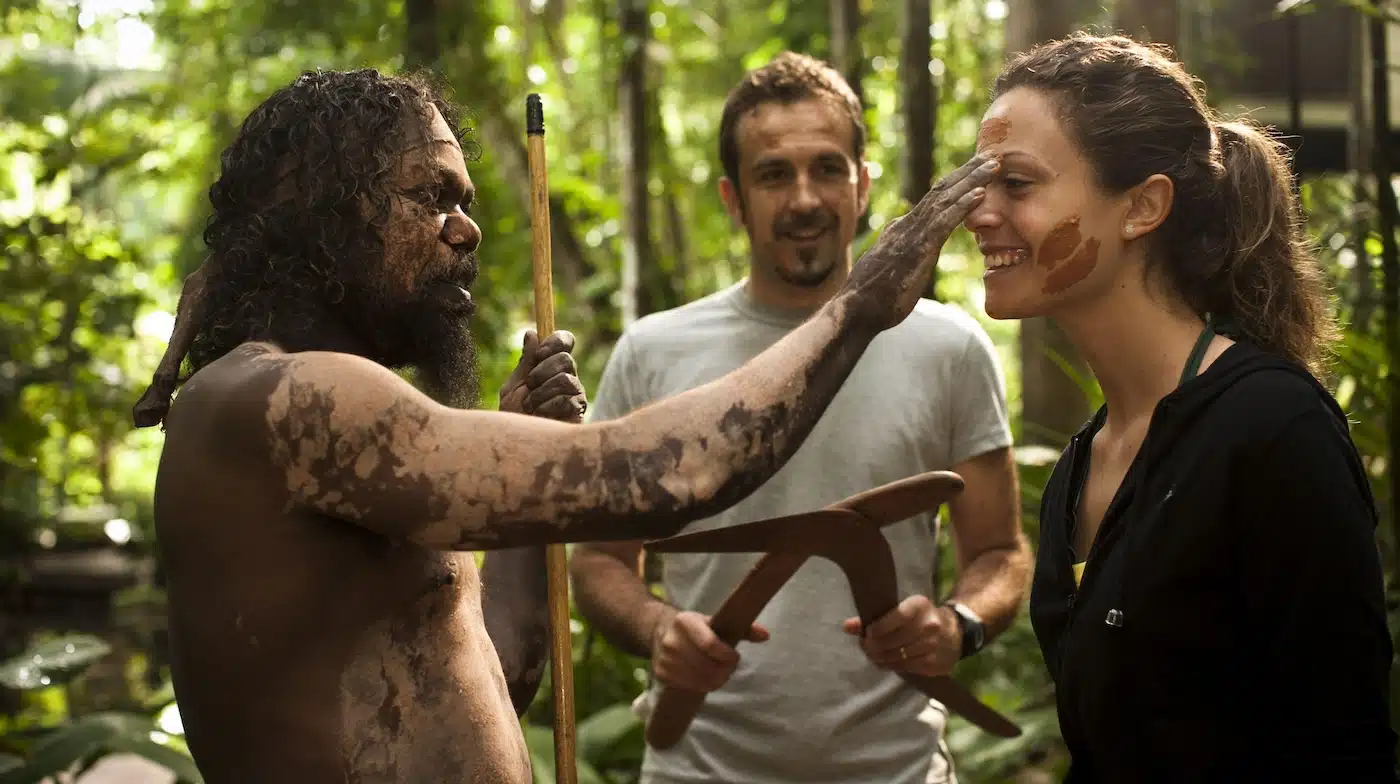
Australian Food Experiences
Tasmania is known for its superb cuisine, and this reaches back long before Western colonization. The Palawa people harvested food from sea and soil, and a cultural walk will explore the abundance of flora and fauna of Australia’s verdant island state.
Nornie Bero’s Mabu Mabu restaurant is a tribute to her Torres Strait heritage, drawing on indigenous food influence from around the country. The Torres Strait islands, located off the mainland’s northernmost tip are a bastion of indigenous culture. Though distinctly Torres Strait Islanders, and not Australian aboriginals per se, their traditions are very similar and often grouped together.
At Mabu Mabu and its sister restaurant Big Esso incorporate traditional ingredients into contemporary dishes and colonial classics, such as pumpkin and native basil damper and cassava and warrigal greens croquette. The light-hearted eateries share authentic cuisine in a vibrant, café-style setting, with many of the unique ingredients and products available to purchase.
Images: @mabu_mabu_aus
Ancient Artists
The Northern Territory is one of the world’s oldest galleries and holds incredible significance in indigenous culture. Notably, Uluru is a highly spiritual location, and the stories shared from generation to generation can be read in the ancient pictures, symbols and figures documented over tens of thousands of years.
Over 80 historical sites of the Anangu people are scattered across Uluru Kata Tjuta National Park, and expert guides will share the Tjukurpa stories with visitors. While these tales are often mystical and elude to the creation of landscapes and topographic formations, they are also educational, sharing the wisdom of sustenance, what animals to avoid, how and where to find water or navigate the land.
Further north, Kakadu National Park holds some of the finest examples of ancient rock art in Australia, and anywhere in the world. This remote location can be explored on multi-day guided camps or aboard a luxury cruise, penetrating into the interior of the Kimberley along the dramatic winding gorges of the Fitzroy River.
Anthropology’s Newcomers
New Zealand’s Māori have genetic roots spanning millennia, but are the youngest of the world’s cultures. Zealandia, the newly discovered eighth continent, broke from Australia and the rest of the world over 80 million years ago, and, much like Australia’s, its evolutionary history emerged independently. When the Māori first landed on one of Zealandia’s only exposed landmasses, what we now know as New Zealand, they were already skilled seafarers, artists and accomplished woodsmiths.
Creating fairly advanced settlements, implementing agricultural practices, and developing an arsenal of weapons and traps for both hunting and defense, the Māori were a relatively developed culture, even before establishing themselves on New Zealand’s northern island about 750 years ago.
Named Aotearoa me Te Waipounamu by Māori settlers, Aotearoa traditionally referred to the North Island, Te Waipounamu to the South, though modern New Zealanders often now refer to both islands collectively as the abbreviated Aotearoa.
As legend would tell us, the clever and mischievous demigod Māui hid on his brothers’ fishing boat after they tried to leave him behind. Once at sea, he revealed himself. Casting his line, he soon realized what he was reeling in was huge, and what eventually emerged from the water wasn’t a fish but a piece of land. That land mass became the North Island.
Te Waka a Māui is the Māori name for the South Island and translates to Māui’s canoe. It’s said to be the canoe that Māui and his four brothers fished from the day they reeled in the North Island.
The Māori were, and remain, an incredibly proud people, and unlike Australia, their culture is on display throughout the country. Place names have remained in the original dialect, carvings and buildings can be found that hark back to the country’s inception, and cultural traditions are on display in cities and rural towns, and at the start of every rugby match. The iconic and fearful haka of New Zealand’s All Blacks reverberates around sports stadiums whenever the players take to the field, sending a stark warning to their opponents that this is their last chance to capitulate.
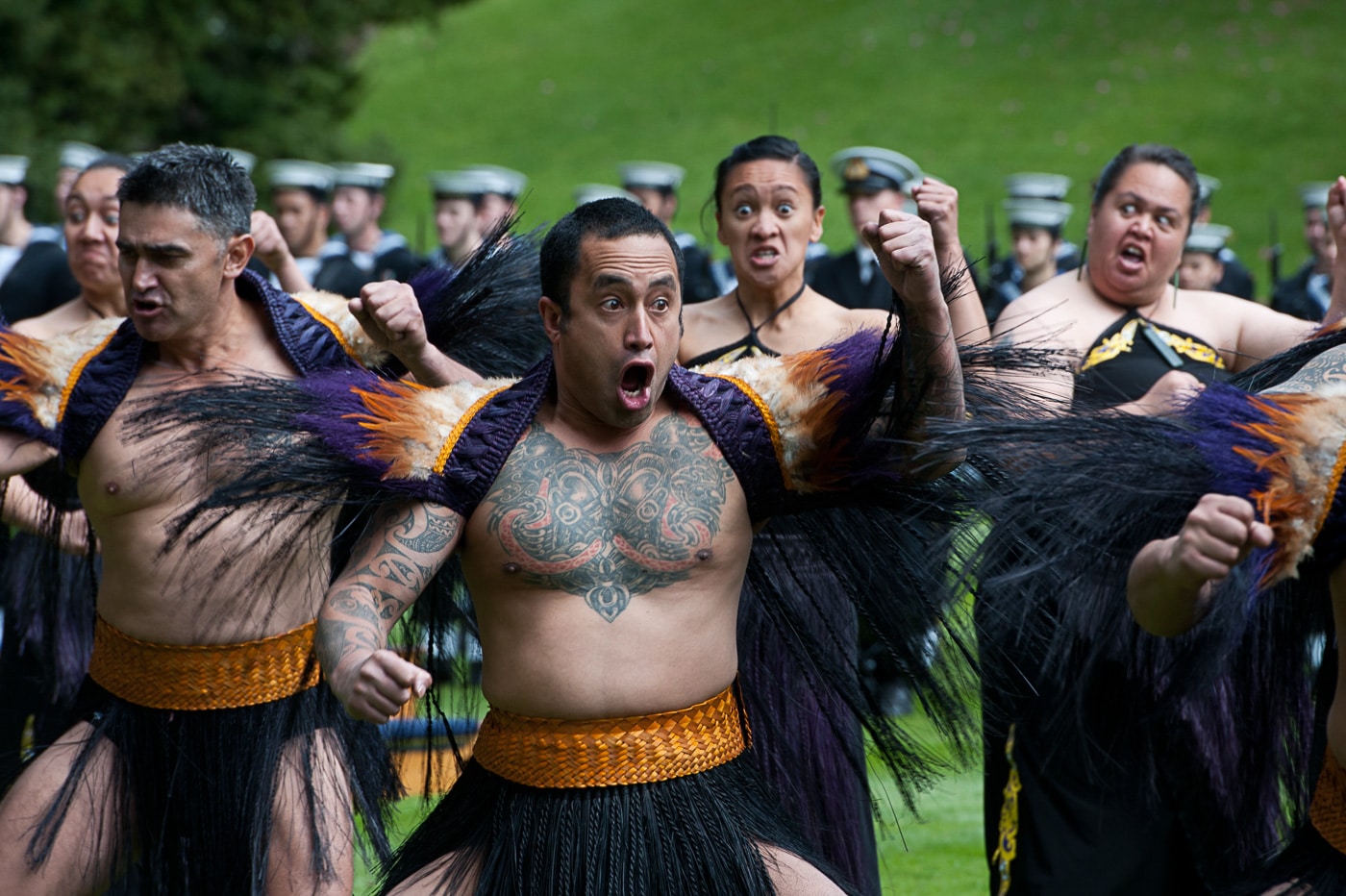
Even non-indigenous New Zealanders have pride in their adopted cultural heritage, and tradition is noticeably honored in daily life, not least in the indigenous greeting of ‘Kia ora’, translating as ‘have life’, or ‘be healthy’. Face tattoos, a ta moko, are prevalent. These traditional adornments, most commonly on the lower lip and chin, convey an individual’s whakapapa (ancestry) and personal history, and at one time clearly stated social ranking. Rather than degrading or sub-class, as Westerners may view facial tattooing, Māori markings are a badge of honor and heredity. New Zealand’s first facially tattooed newsreader, Oriini Kaipara, has recently been a source of much pride for the Māori people and demonstrates the pervasive acceptance of and respect for their culture.
Immersing in Māori Culture
The haka is a gateway to New Zealand tradition. People the world over know of the haka, beamed globally in sporting events, particularly rugby. However, the haka isn’t a single dance, nor does it have one message. There are innumerable interpretations of both movement and meaning, although the most famous version offers a good representation of all.
Whether you are a rugby fan or not, Auckland’s All Blacks Experience both commemorates the successful team and documents the haka and its story. The Aukland War Memorial hosts twice daily performances of the haka, and dancers are often happy to share the significance and meaning of this dynamic dance.
As is also observed in numerous Asian countries, there is also a code of ethics within the household or in Māori establishments. These include:
- Removing shoes before entering a home, or marae
- Treating the head (tapu) as sacred: don’t touch someone’s head unless invited, don’t pass food over other people’s heads, don’t put your hat on the table, and don’t sit on pillows
- Avoiding stepping over someone who is sitting on the floor
- Waiting to enter and/or walk across a room until someone of authority has finished speaking
- Don’t sit or lean on tables
Brought with them from Polynesia, Māori cuisine is distinctive, with seafood playing a significant part in many dishes. Kūmara (a type of sweet potato), yams and cabbage tree were introduced by the earliest settlers and are now staples on a Māori menu, as are fish, crustaceans and grubs.
Māori Historical Sites
Māori history is fascinating, reflecting its early days on New Zealand soil, but also drawing on the crafts, wisdom and astronomical skills of the Polynesians. Known as the birthplace of New Zealand, Northland has numerous Māori experiences to be enjoyed. Indigenous guides escort visitors through various regions, highlighting the cultural significance, factual tales, and mythical stories perpetuated by the Māori. A knowledge of the stars allowed for Polynesians to navigate their way to New Zealand numerous times and, just like our astrology, each constellation has both a story and a purpose. Nocturnal excursions take advantage of low light pollution and radiant stars to tell tales of the astral figures.
Waitangi Treaty Grounds mark the location of the accord drawn by New Zealand’s traditional custodians and white colonists, the peaceful treaty establishing mutual respect and recognition of Māori ways. Though far from perfect, based on sovereign rule as opposed to cultural union, the treaty at least acknowledged the Māori, and this early parley initiated the long journey towards mutual understanding and reconciliation.
The museum at Waitangi holds a traditional hand-carved war canoe and its collection of exhibitions, experiences and activities are vitally important in upholding and sharing Māori ways, immersing visitors in their culture and instilling respect and understanding of the fascinating, proud Māori people.
Discovering Māori Cuisine
In Wellington, chef Monique Fiso has taken her Māori heritage into the realms of fine dining, weaving her talented contemporary skills with many traditional aspects of indigenous cuisine. Her restaurant, Hiakai, embraces authentic components, and the harvesting of natural ingredients reinforces a modern philosophy of zero waste and sustainability. Hiakai is a wonderful way to experience the traditional flavors of New Zealand in a contemporary setting. However, if chance arises to indulge in a hāngī, it is highly recommended. Comprising an earthen oven dug into the soil and filled with hot rocks, a hāngī is a method of slow-cooking used for many centuries. Fish is predominantly used, but chicken and red meat can also be cooked, mixed with vegetables to create a rich combination that melts in the mouth.
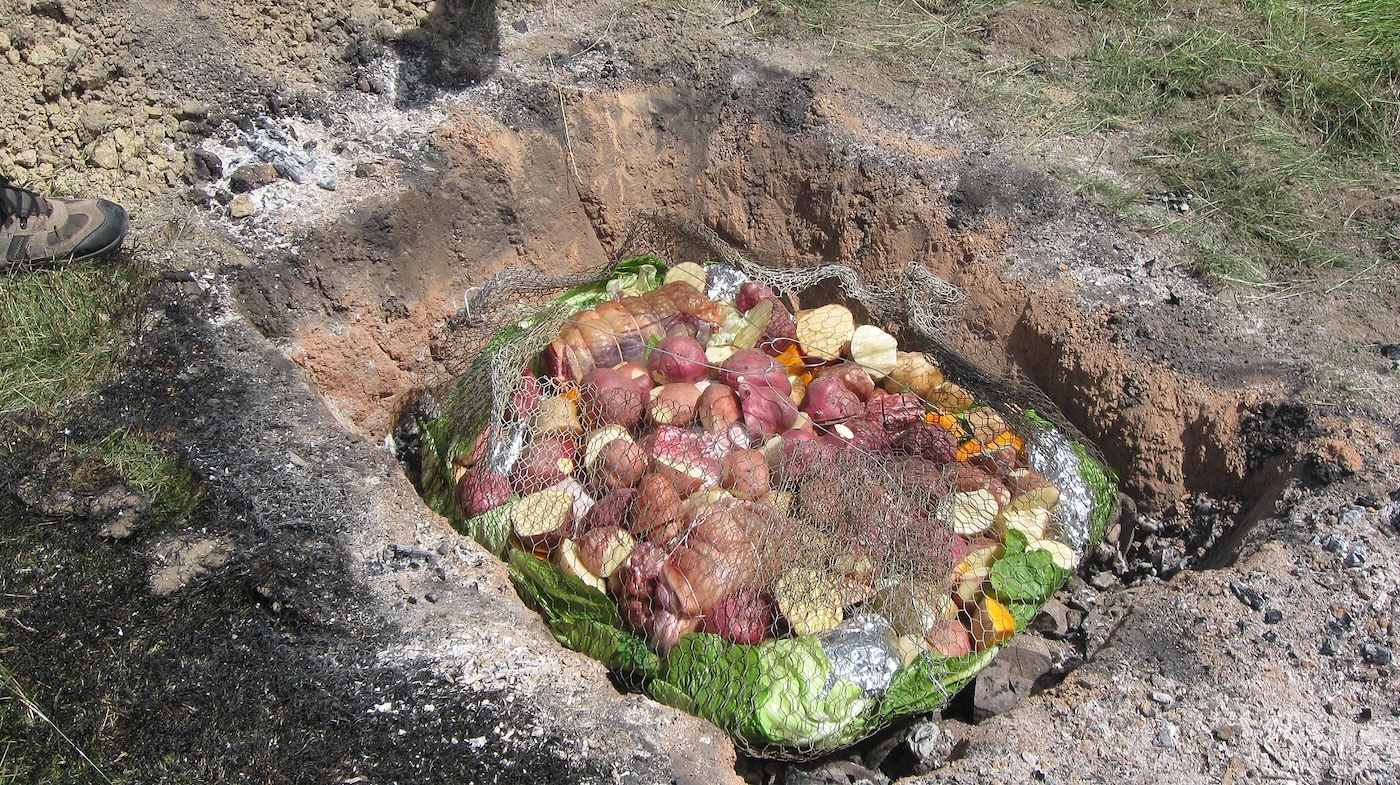
Historically, explorers had a less-than-admirable tendency to eradicate ‘unfavorable’ cultures, deeming them ungodly, un-British, or simply undesirable. Fortunately, the pendulum has swung, and steps are continuing to be taken to right the wrongs of the past.
Māori and Aboriginal cultures are now being preserved, emboldened, and even revered as tokens of patriotism by both indigenous and colonial residents. This is being reflected in the countries’ tourism, museums, galleries, performances, tours, and attractions arising in homage to the traditional custodians of country.
Unearthing these numerous activities as a visitor opens the door to a far deeper understanding of the nations, their history, their people, and the mythical tales and traditions that permeate landscape, city, and life.
While some culture is abundantly evident, much needs to be sought out, and in doing so, an appreciation of these people almost lost in time enriches every step of your journey.
Let our travel designers help you discover the history and culture of Australia and New Zealand.

